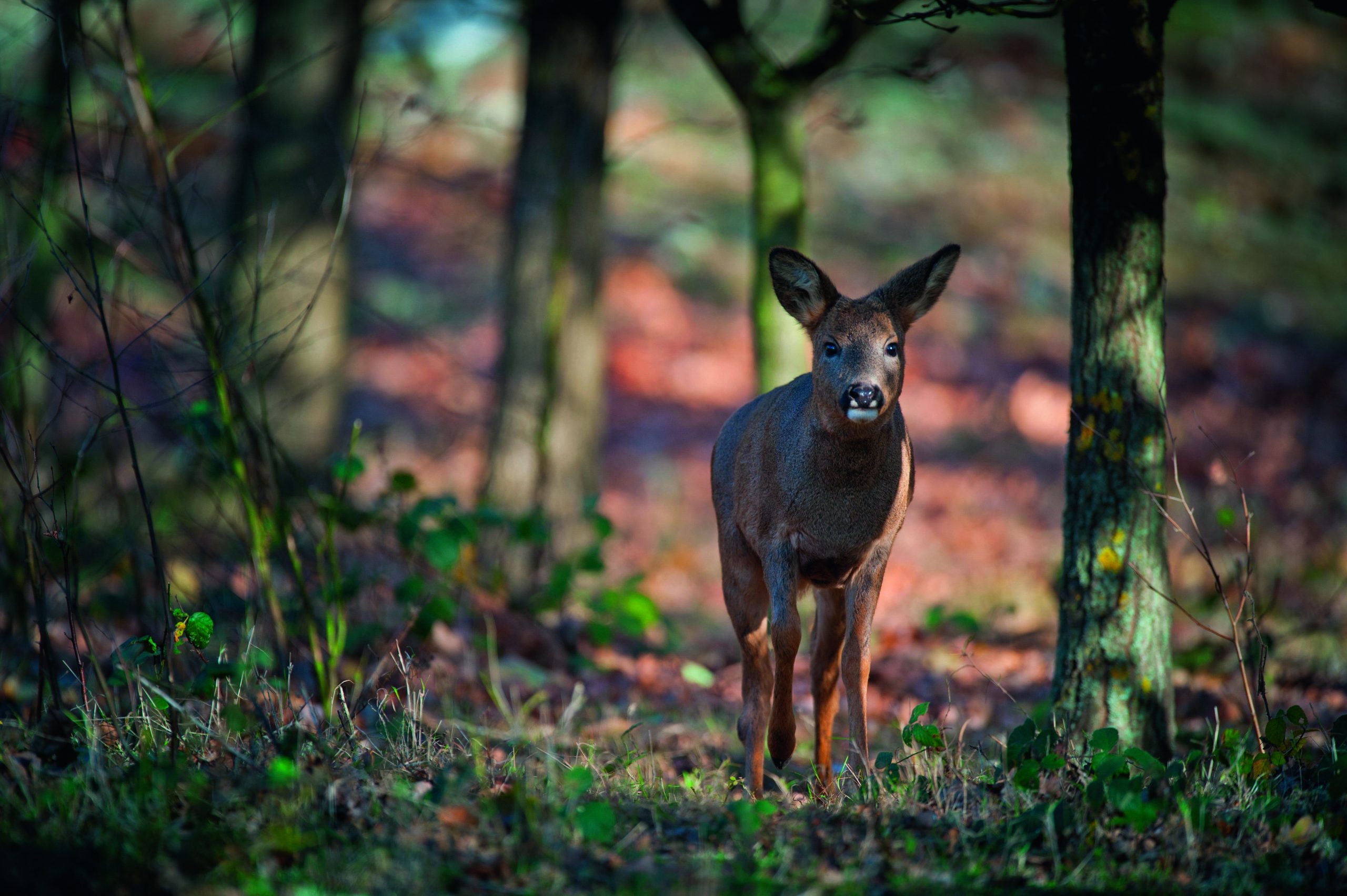The challenges of modern land management
The requirements of landowners and the desires of Government organisations can mean that executing a cull is often tricky business

Deer management isn’t just a case of shooting anything that moves — it requires careful planning
The restricted daylight hours mean that November through to the end of March are among the busiest months in my schedule. Combine this with the female deer season in England and Wales, and the fact that around 60% of our total cull is undertaken at this time of year, there is much less time to do admin and other office-based work — unless I can get it done without falling asleep in front of the log-burner each evening.
Under pressure
Like most large estates, we are under pressure from various parties to cull high numbers of deer. These totals never seem to reduce, as changes on the estate and within the wider landscape put pressure on the remaining land the deer live on. However, we are fortunate that we have enough acreage to continue full stalking activity even with a busy gamebird shooting operation. Communication is the key to ensure I don’t disturb birds on the morning of a shoot or compromise safety by stalking in areas where drives are happening or pickers-up are operating.
Many estates or farms restrict times that deer stalkers can get on the ground, condensing most of the culling to February and March once the more important pastime for the landowners has finished. While this works for some places, it does put a lot of pressure on deer stalkers to achieve culls, and perhaps these sorts of restrictions will need to be revised in the future if landowners want to see real changes to deer numbers on their land.
Another thing landowners overlook is the impact bad access and interrupted lines of sight have on deer culling. I once helped a guy who was expected to cull high numbers of deer, but the landowner wouldn’t open up rides in the woods, and often said he was restricted on cutting rides due to environmental grant conditions.
Government organisations have to be more flexible on how landowners can manage their ground to maximise deer culls. While woodland rides are obviously important habitats, does the need to cull more deer on clear rides outweigh the benefits of those habitats, with reduced deer numbers in the wider landscape? If we buy into the idea that more deer need to be culled, which is arguably true in some areas, we as deer managers should be going about this as sympathetically as possible.
While the “if it’s brown, it’s down” mentality will always persist with some deer stalkers, there are many like myself who are not prepared to flat-pack indiscriminately. Take East Anglian red deer, for example — they cause a huge amount of damage to agricultural crops and wildlife habitats, but simply knocking over every red deer that’s in season is unethical and irresponsible.
Compassion for wildlife
As land managers we still have a duty to produce the best wild deer possible and provide some sort of space for our native species. This means leaving a number of males to grow on to their full potential and not hounding every last deer off land they call home. (Read more here on how to tell the age of a deer) How each landowner comes to a decision on what is a correct level or number of deer is a question for them, their neighbours and their wider contacts in the area.
Of course, it’s easy for me to say as it’s not my land they are damaging, but generally most landowners are compassionate about the wildlife on their land. I firmly believe we should remember the words of King George VI: “The wildlife of today is not ours to dispose of as we please. We have it in trust. We must account for it to those who come after.”








